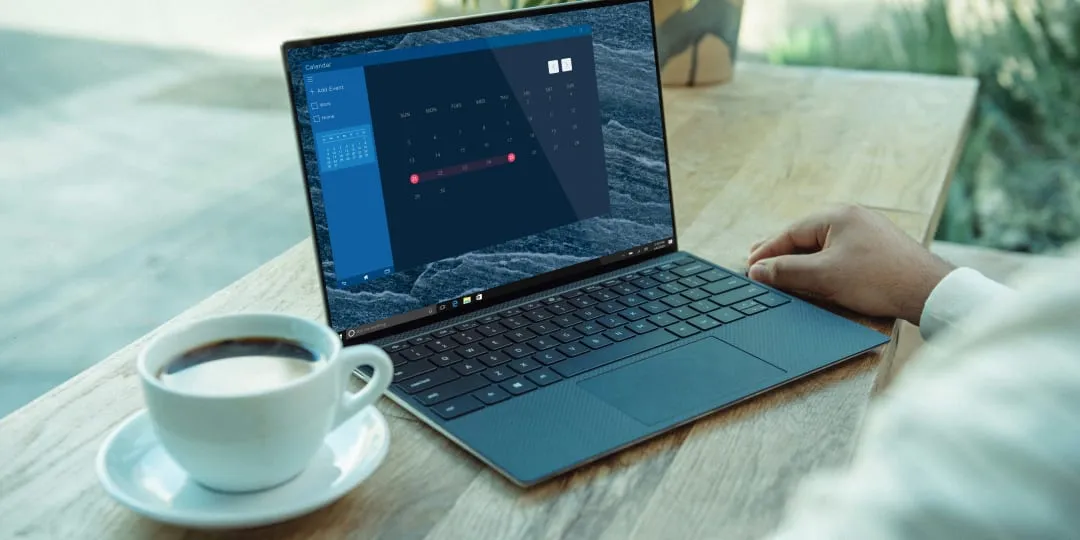Setting Sail: My First Steps into Blogging ⛵
📆 Mar 21, 2024

🕝 3 min read
Welcome to the Blog Section of the Website
I’m really excited to begin this blog journey. I will be sharing my insights and learnings, and I hope you will find them helpful.
First of all, this website is completely open source. You can find the source code on GitHub 🔗. Feel free to explore the repository and contribute 🚀.
I created this website mainly using Astro and TailwindCSS. I thoroughly enjoyed building the website and learned a ton about Astro.js. While the website is not yet complete, I will be adding more features in the future. Even in the blog section, I need to incorporate additional features like pagination, search functionality, tags, and estimated reading time. But for now, I believe it’s a good start.
Moving forward, I will be writing blog posts alongside my YouTube videos. I believe this will be helpful for viewers to gain a deeper understanding of the topics covered and will allow me to share more insights.
Now, let’s discuss how I created this website, specifically the blog section.
As mentioned, I primarily used Astro.js and TailwindCSS. For the blog, I used MDX.
For those unfamiliar, MDX is a file format that allows you to use JSX in your Markdown files. This enables you to create more dynamic content by using React.js within your markdown files.
Tech Stack Used
- Astro.js
- TailwindCSS
- MDX
- React.js
When I began building this blog, I found Astro’s tutorials 🔗 very helpful.
There are multiple approaches to create a blog using Astro.js. I used the content collections 🔗 feature to organize the blog posts. This feature allows you to define a schema for the frontmatter of the blog posts, ensuring type safety.
Now, let’s discuss how I enhanced the aesthetics and user-friendliness of the blog content.
- @tailwindcss/typography: For styling the blog content
- shiki: Code syntax highlighting (default in Astro)
- shikiji-transformers: Code highlighting (line highlighting, diff highlighting, etc.)
- rehype-external-links: Customizing external links
- rehype-slug: Adding IDs to the headings
- rehype-autolink-headings: Adding anchor links to the headings
When it comes to content, images play a significant role. Fortunately, Astro.js has a built-in <Image /> 🔗 component, which will help you to diplay optimized images.
For image hosting, I decided not to host images locally but instead remotely hosted them on Cloudinary 🔗.
That’s it for today. I will be adding more content in the future. If you have any suggestions, feel free to reach out to me.